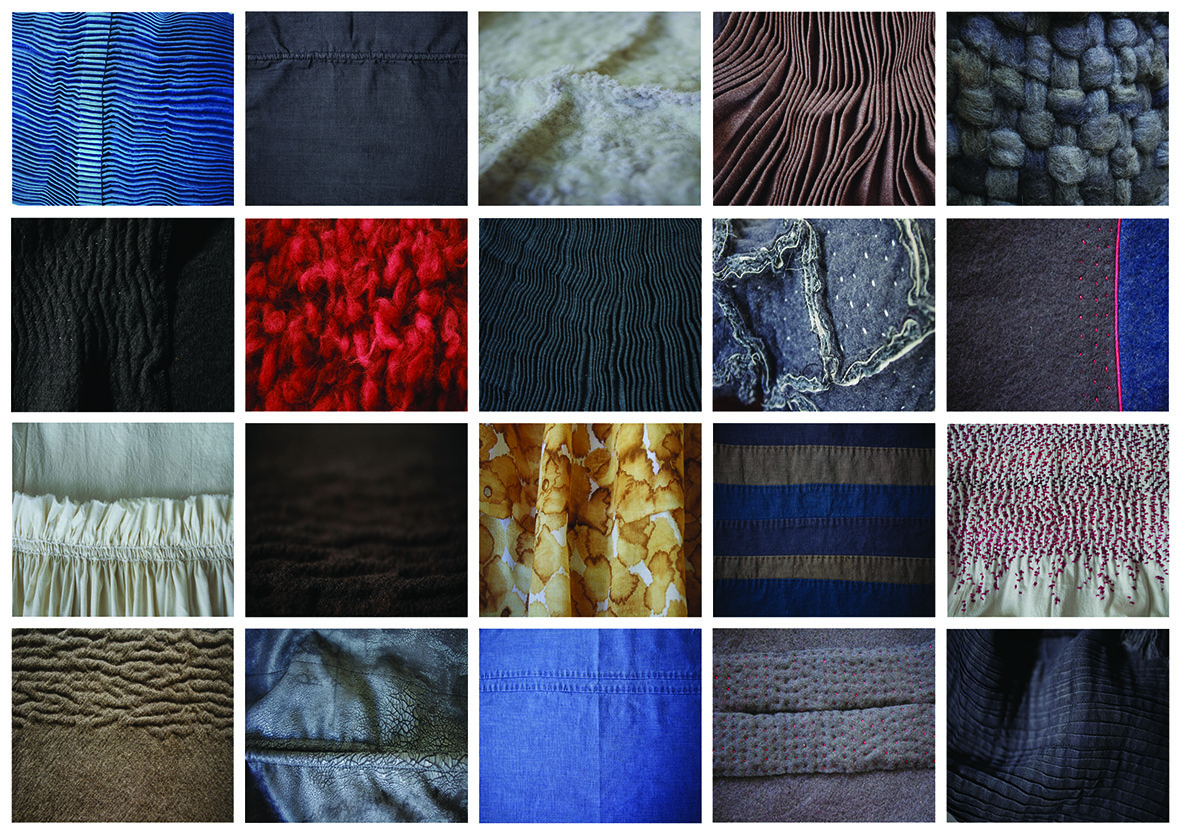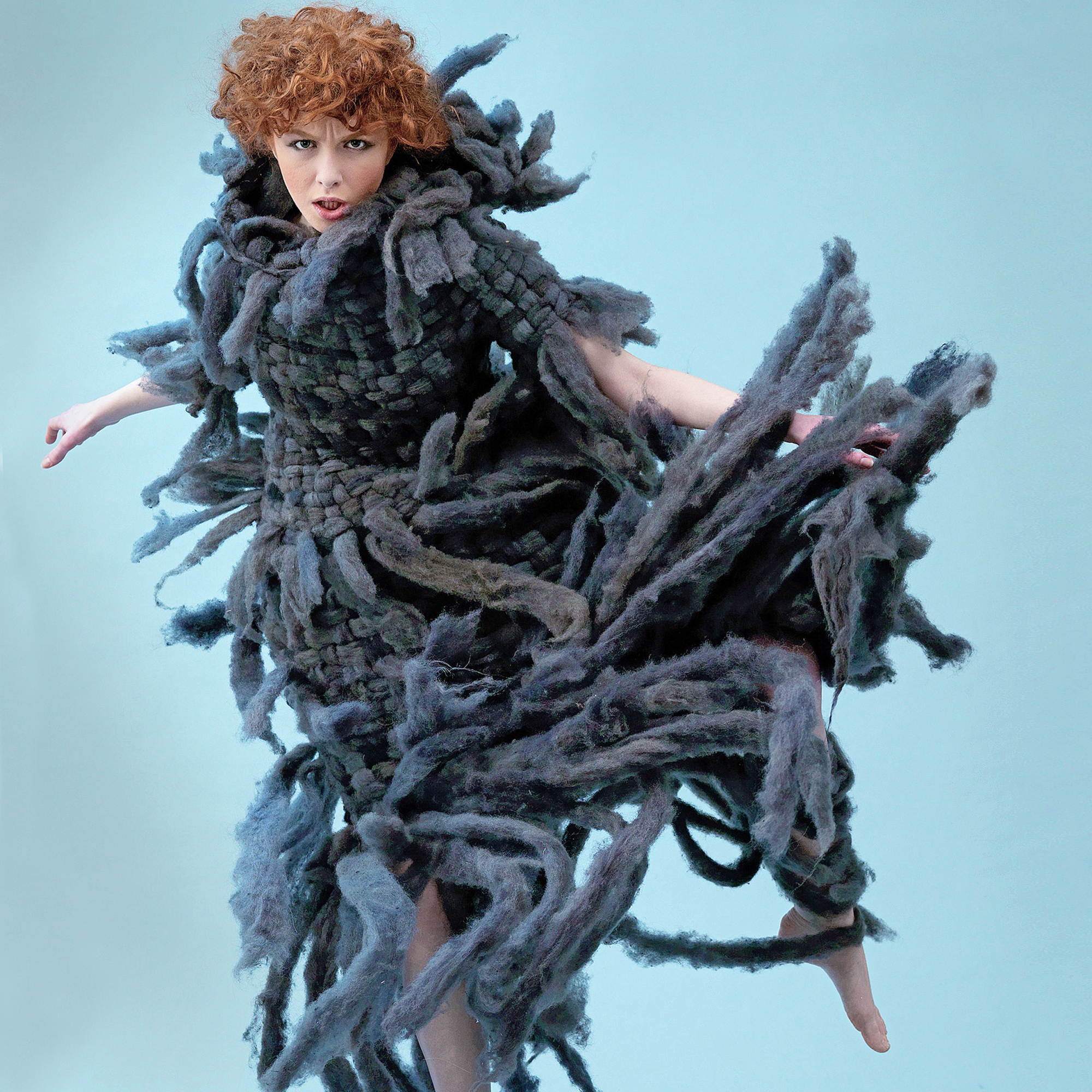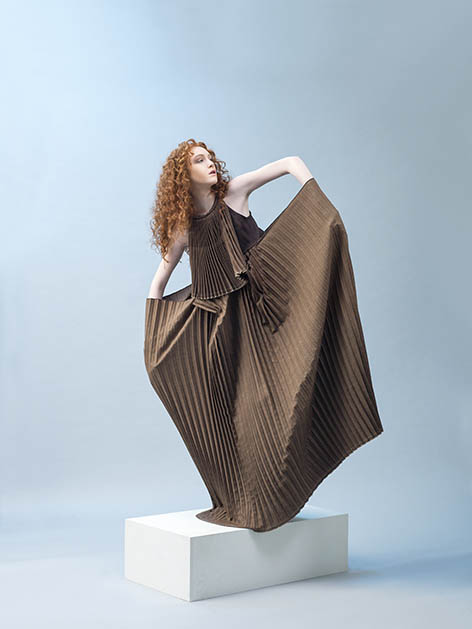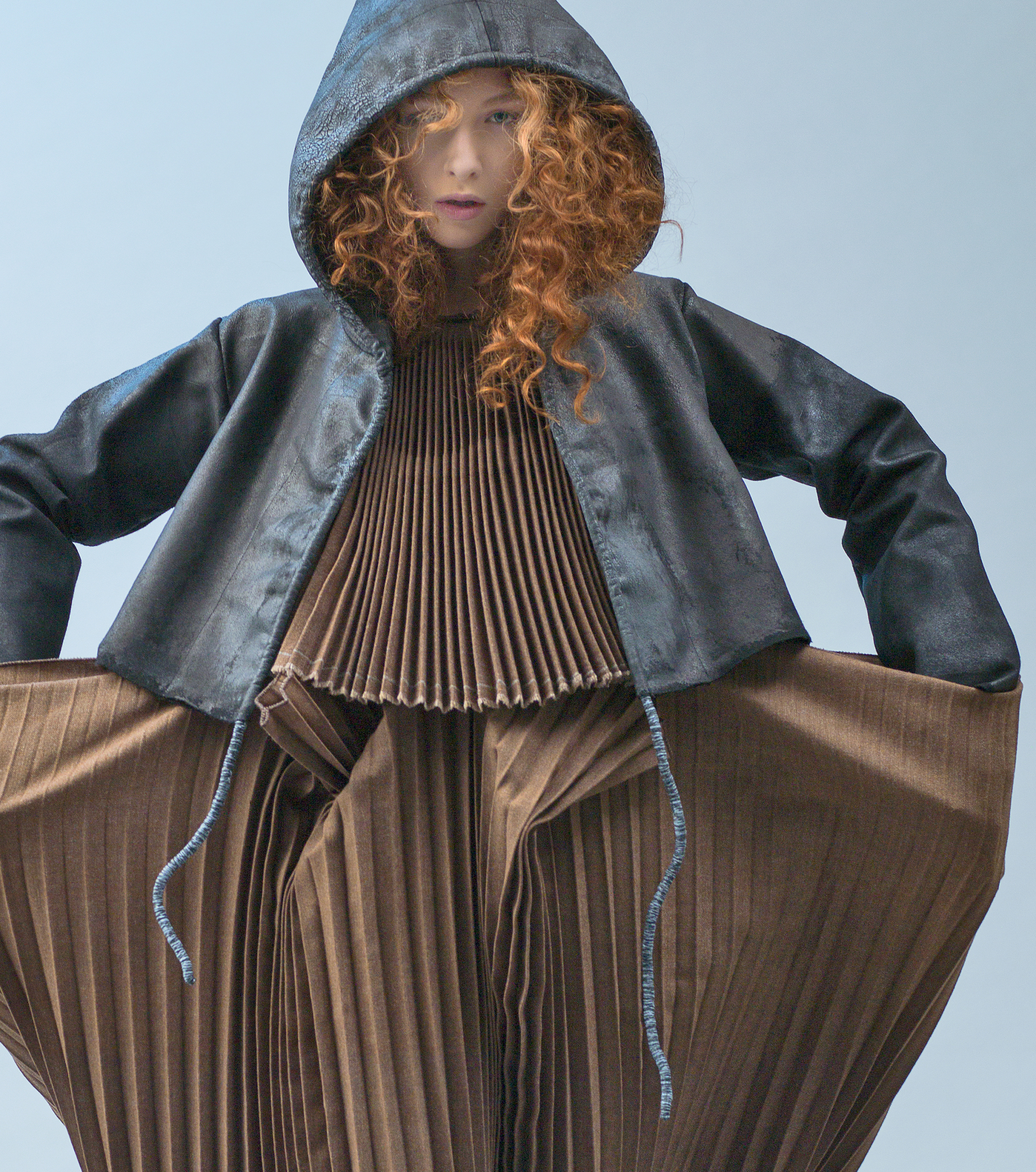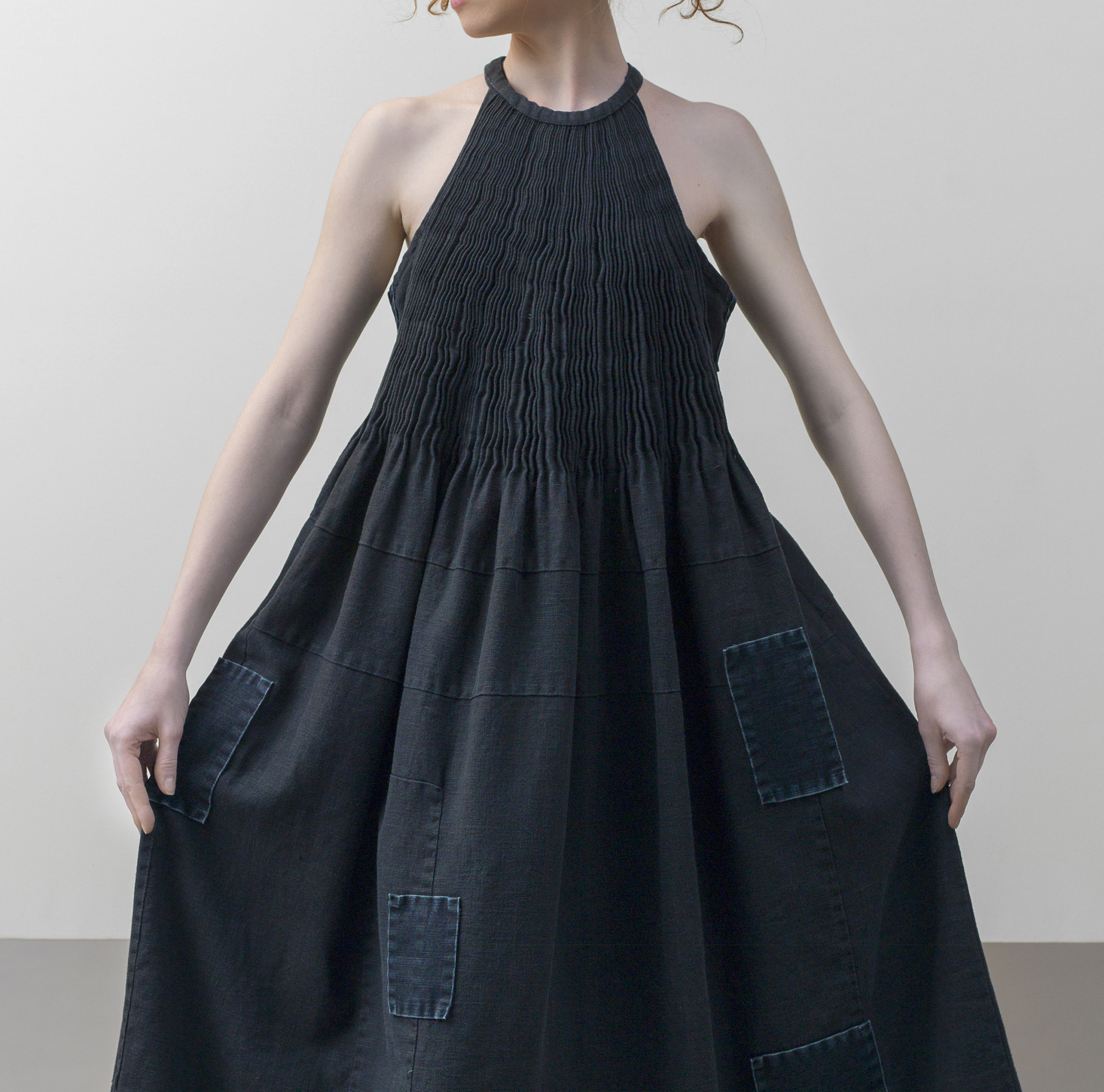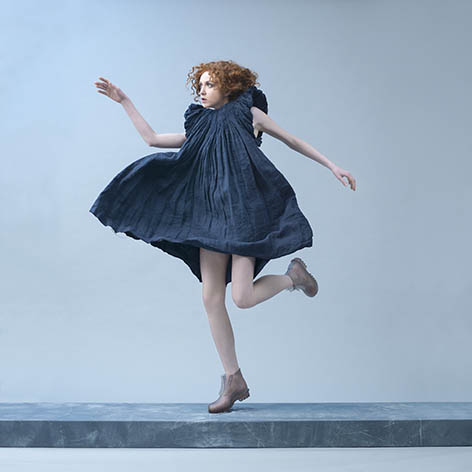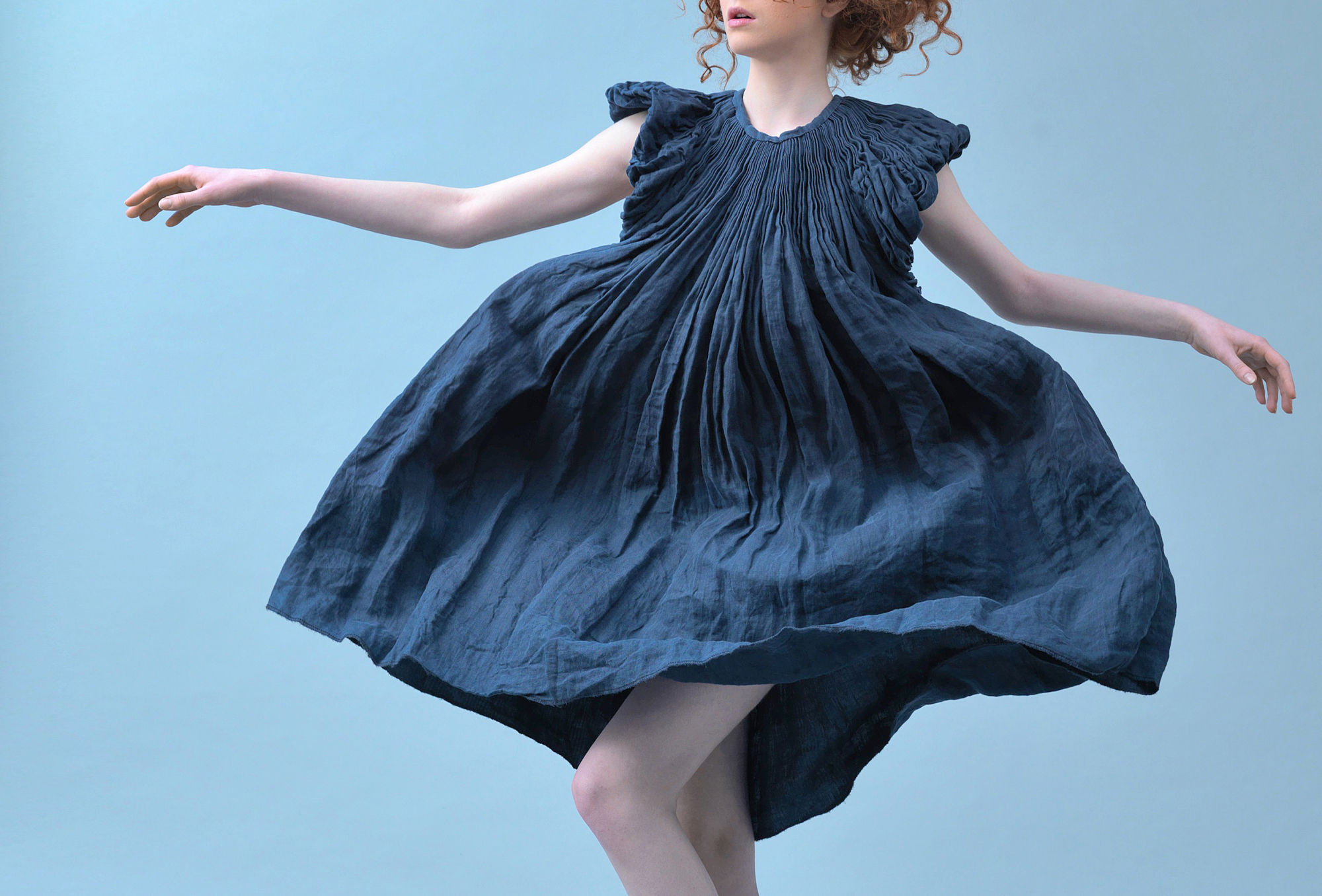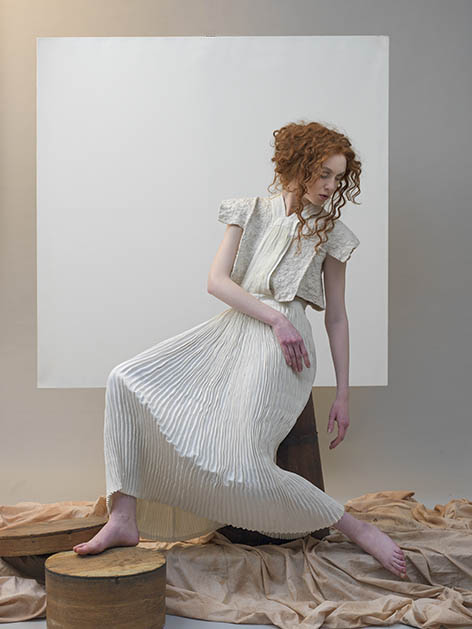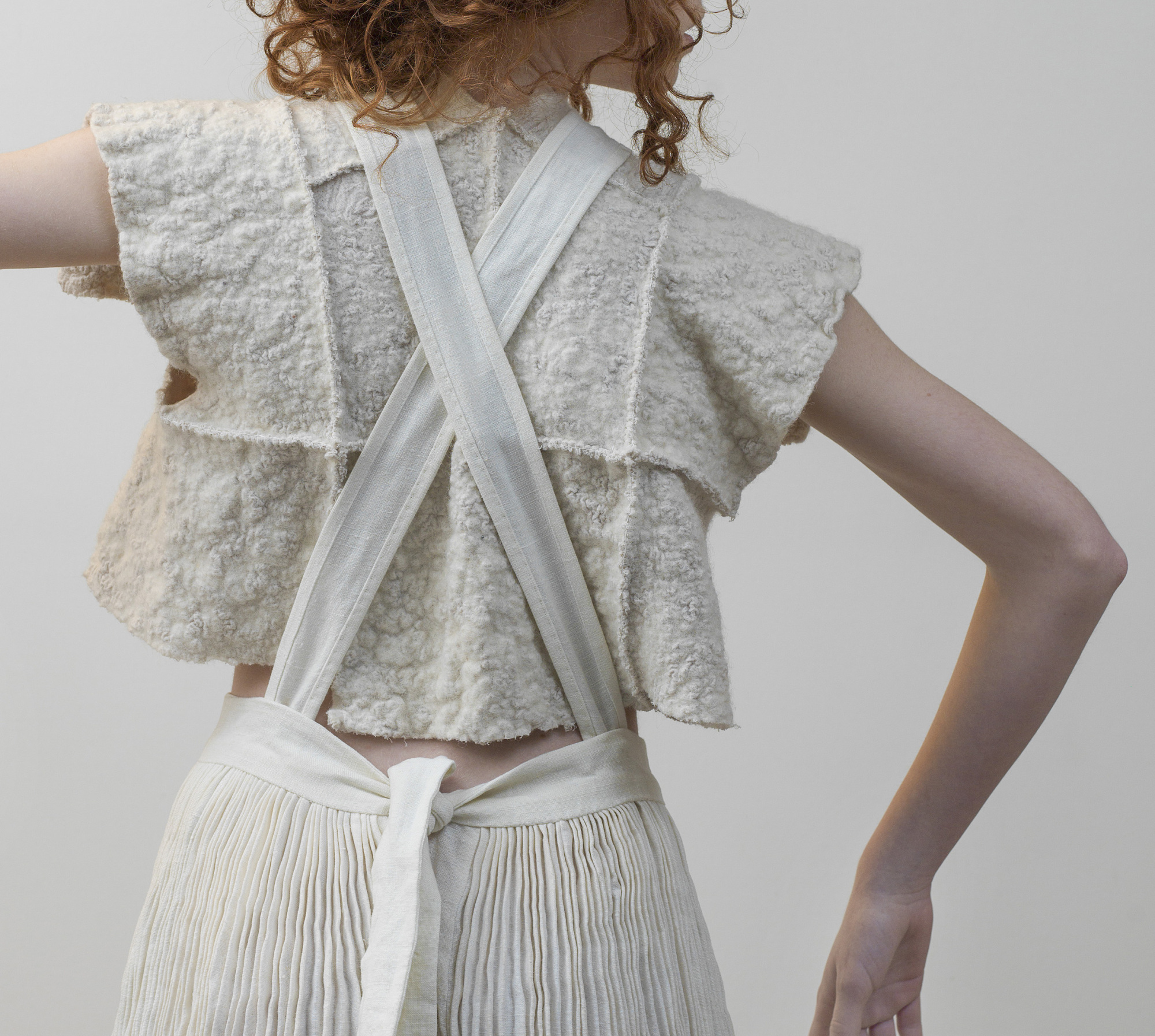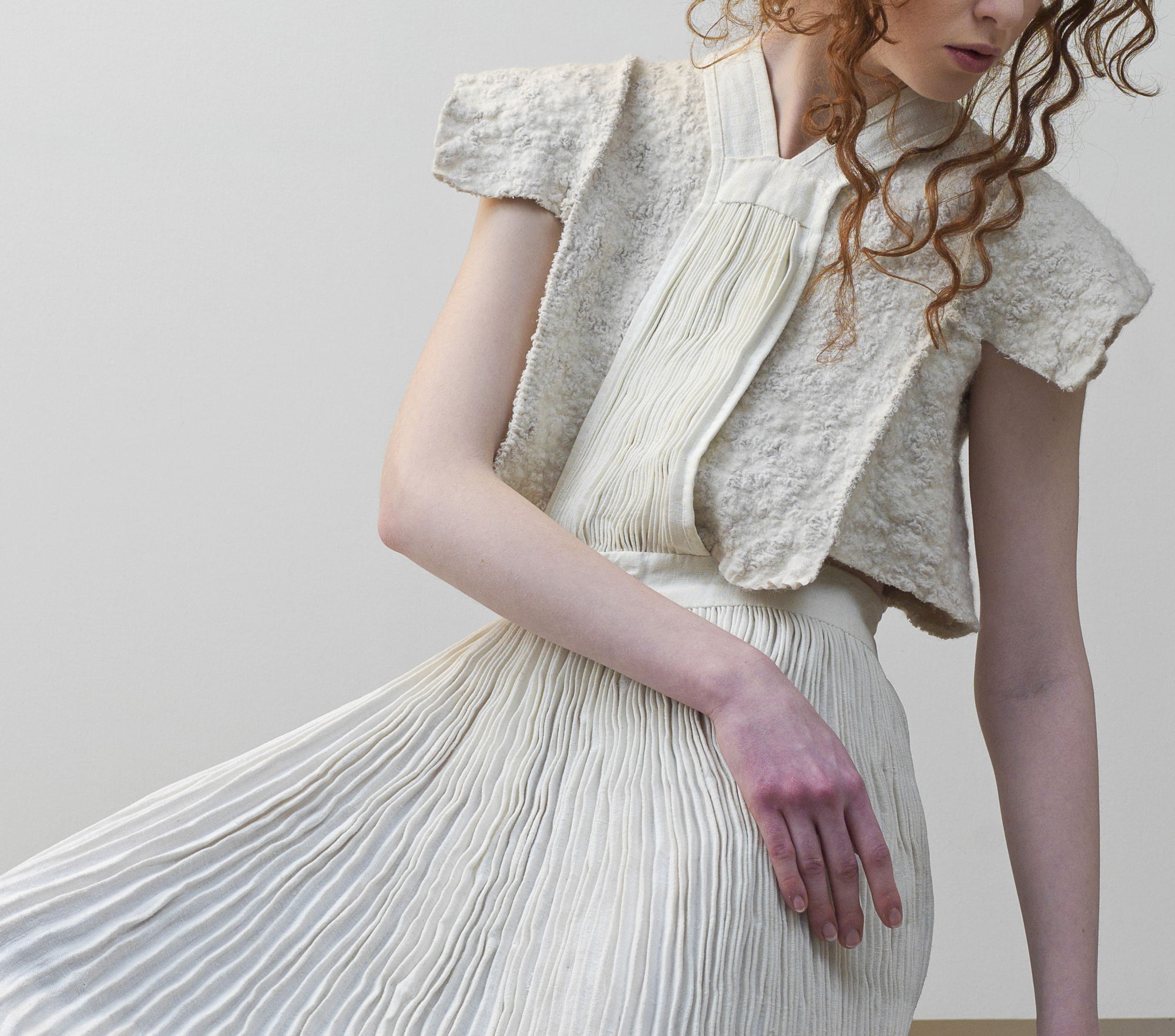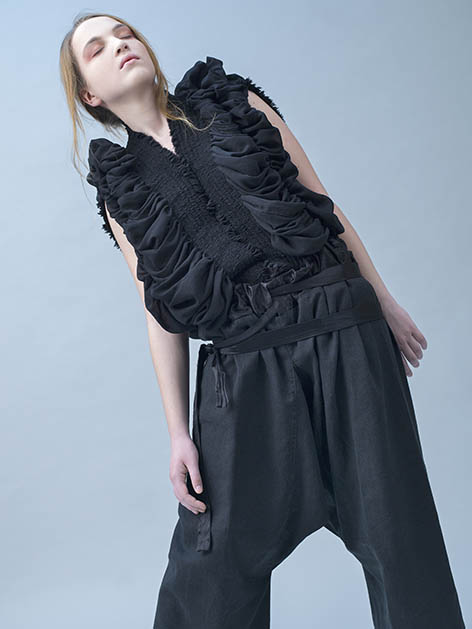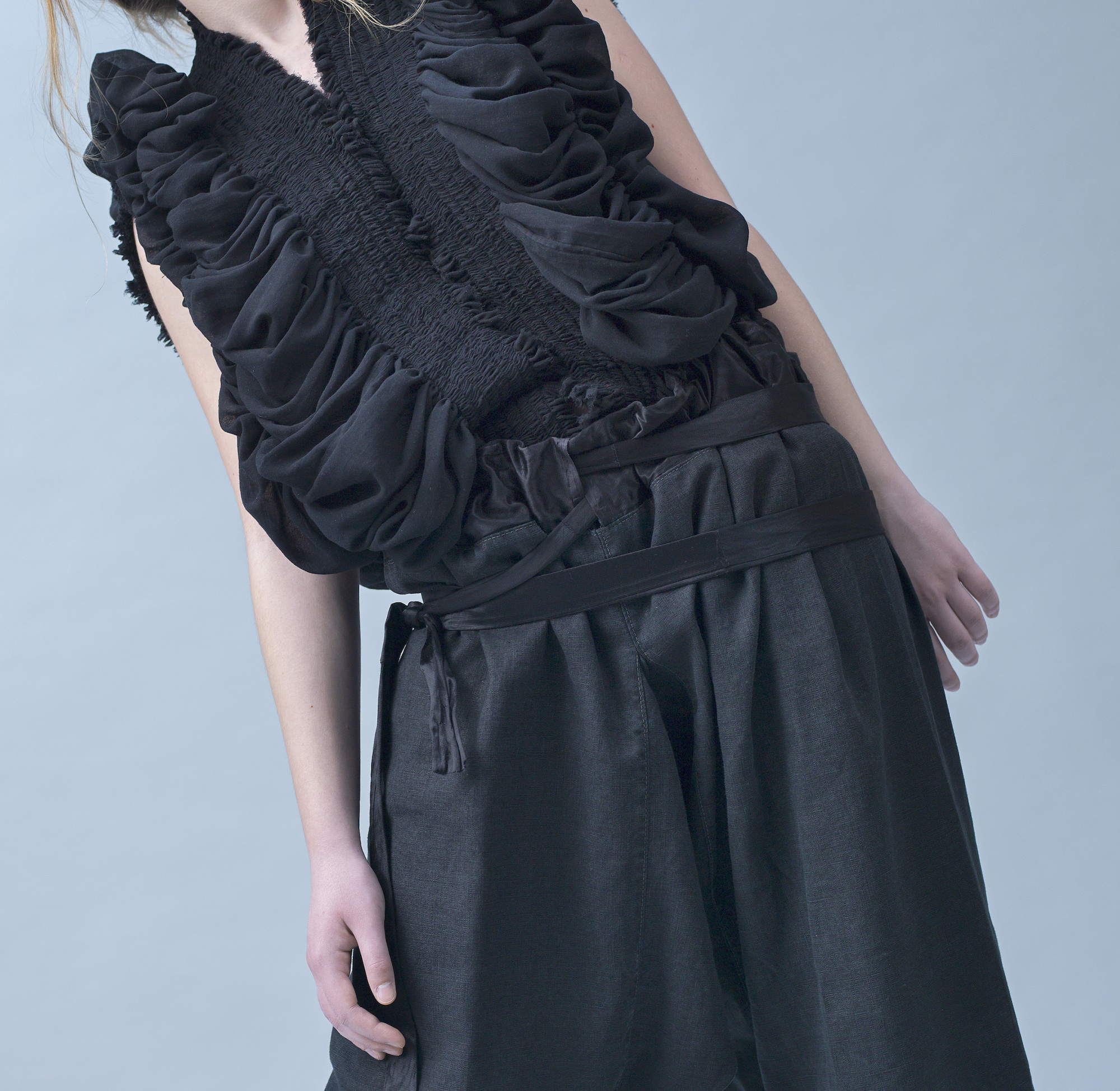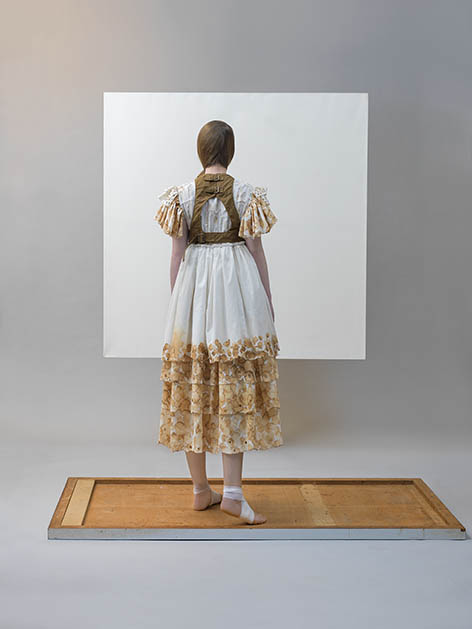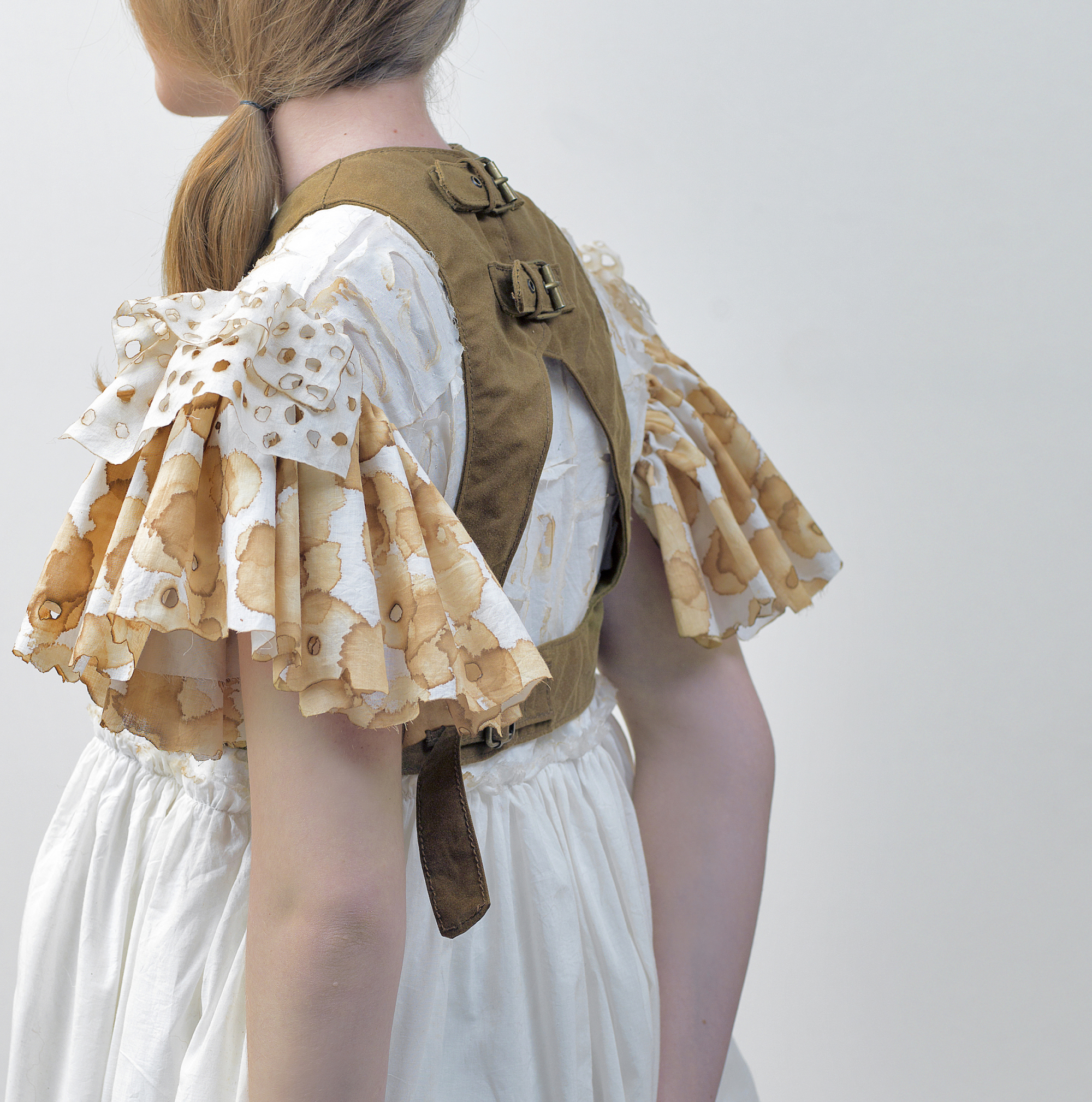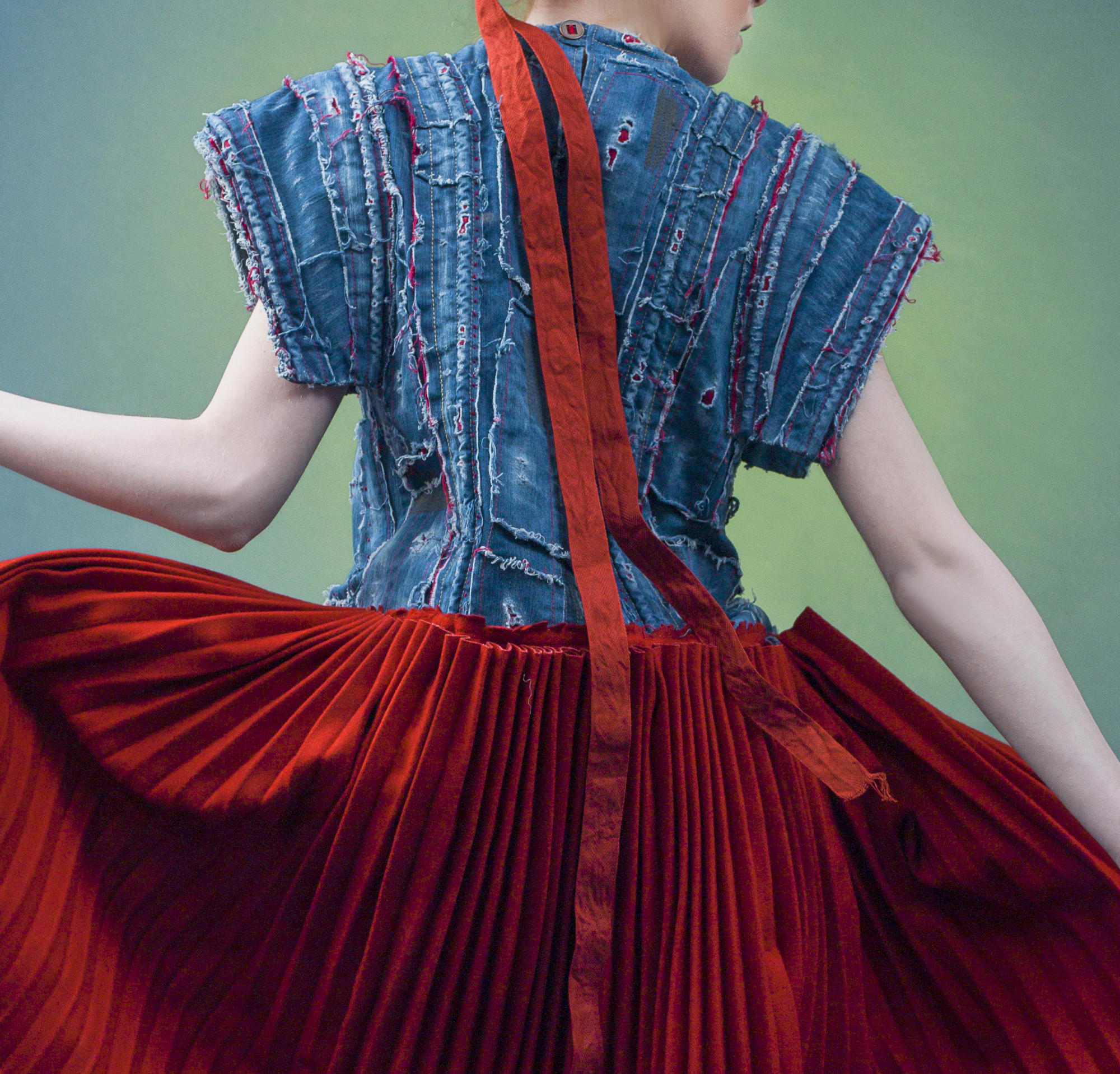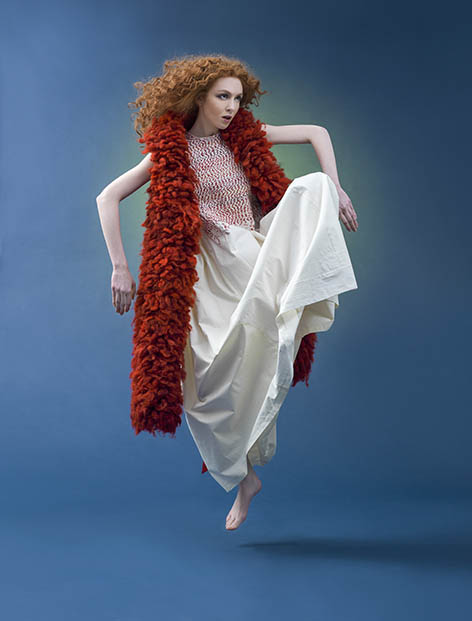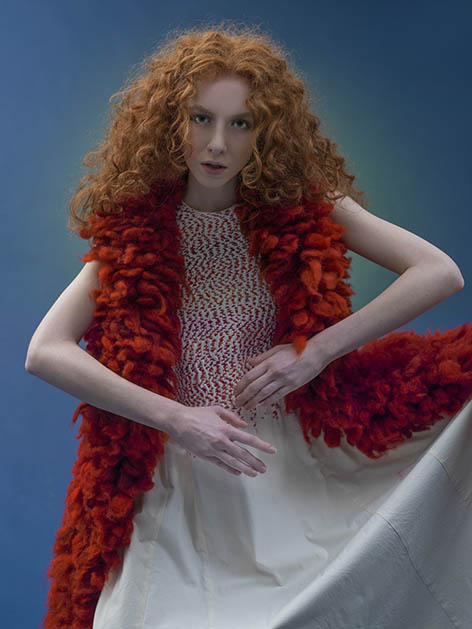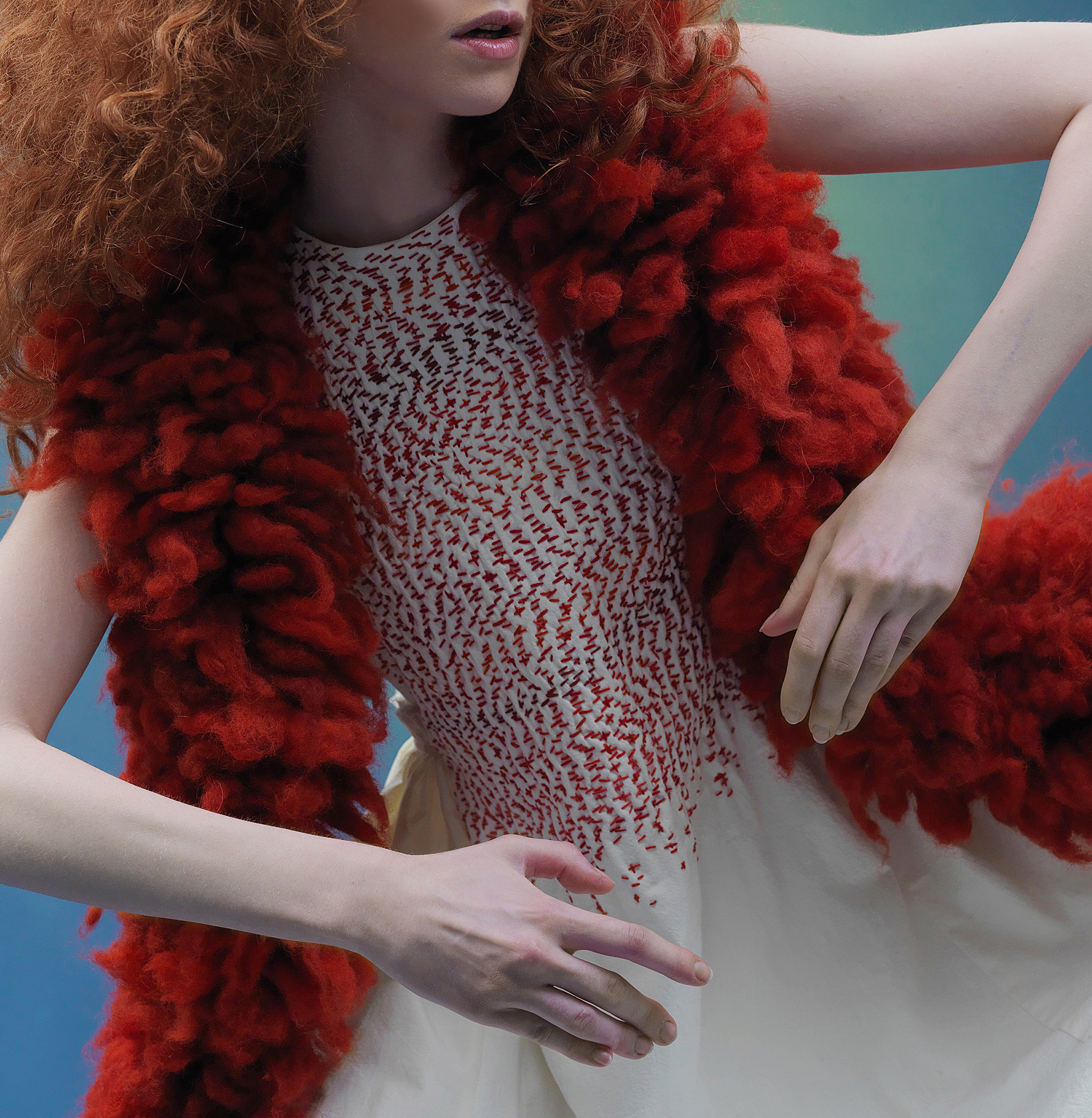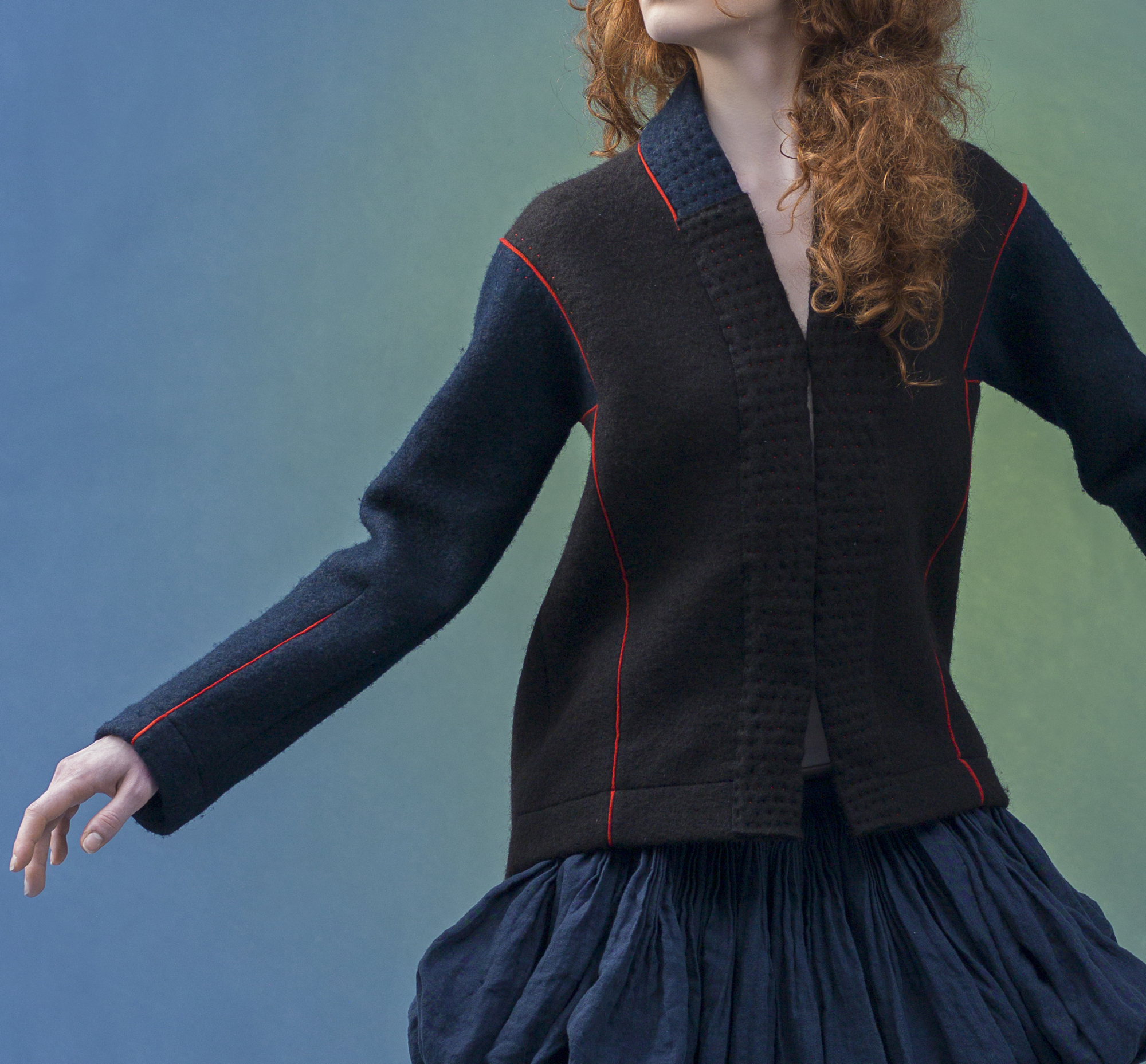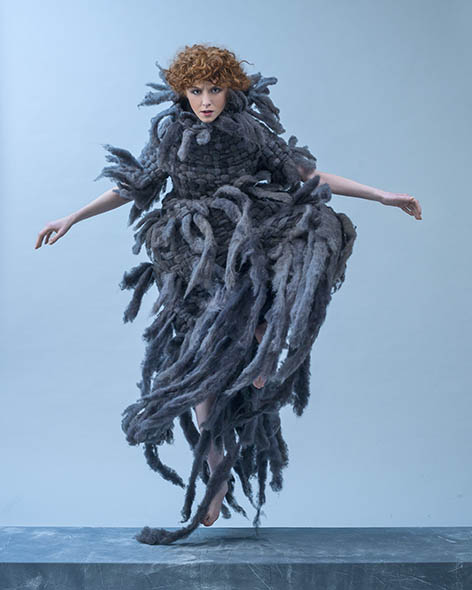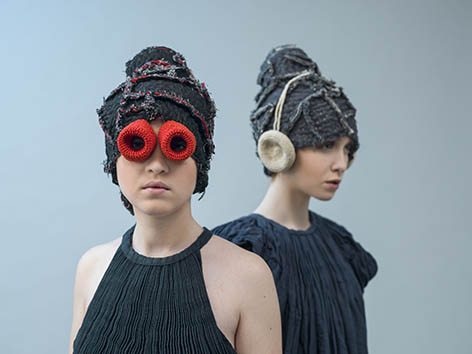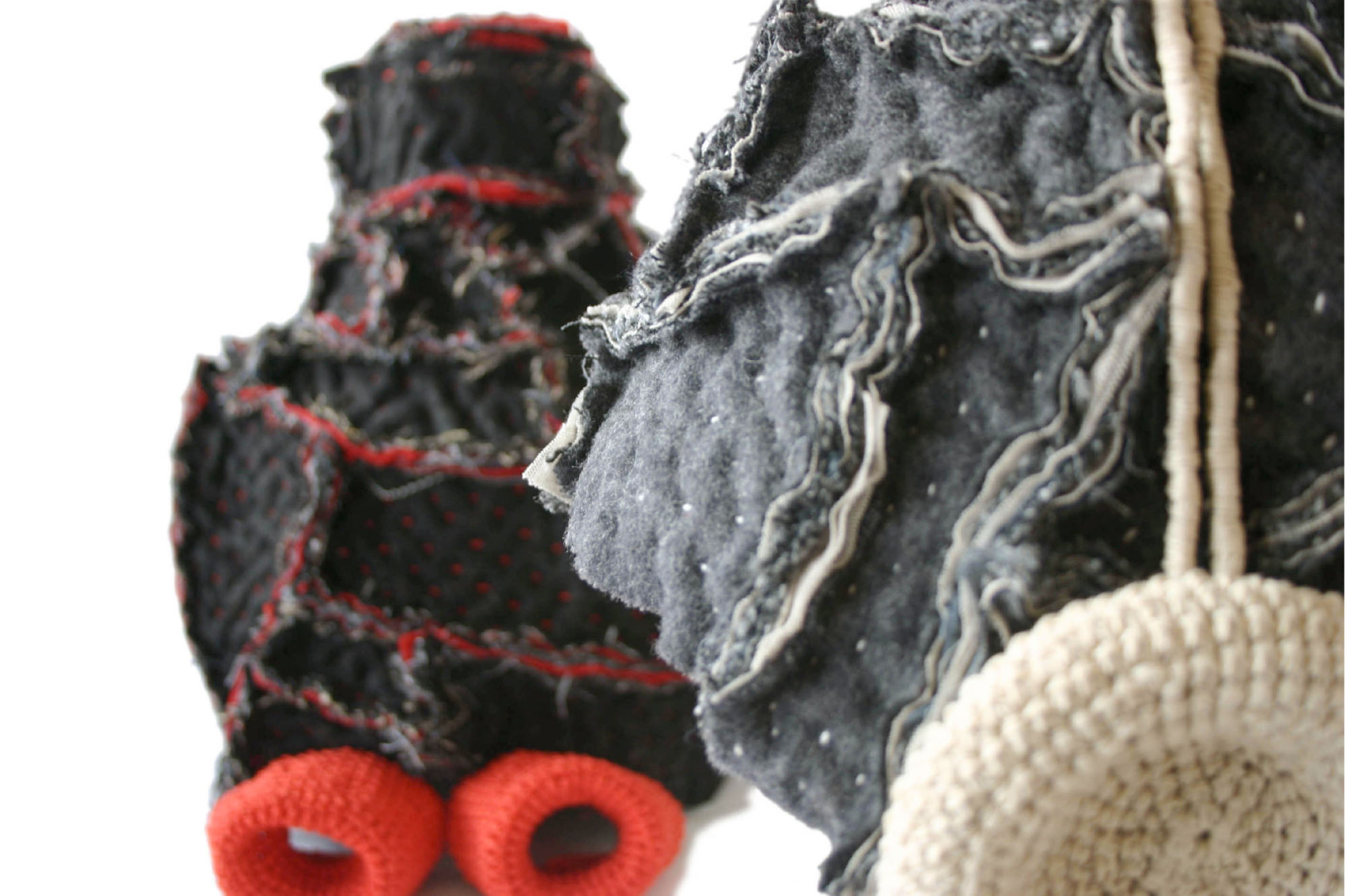Past...at last
Past... at last
The man of tradition that dates back to the 19th and the first half of the 20th century is closely linked to the rural way of life, as can be seen from the regional diversity that result from geographical location and the set of natural givens. He takes what can be taken from nature. For example, along the Dinara range poorer attire is produced using smaller amounts of textile material, unlike in the wealthier Slavonian region where attire has rich folds and needlework. But, in essence, their basic structure is iden- tical or similar. Thus, footwear appears in a number of variations. For example, kapičar, a form of opanak – broad peasant footwear appropriate for muddy plains, and elastic peasant footwear known as oputaš worn in karst regions. Clothing is rich and layered, lower and upper garments are distinguisha- ble, although the division is not always clear. Basic raw materials are flax or hemp canvas and cloth. Industrial cotton canvas appears later. The most interesting feature of this fixed costume is the tradition of using unta- ilored cloth garments which Croats brought with them from their Proto-Slavic homeland, and in fact, as far as the history of clothing is concerned, it represents an intermediate form between the tradition of wrapping (ancient civilizations) and the tradition of tailored clothing. Clothing is not tailored, but rather ready-made textile handicrafts produced through the art of weaving by local weavers. The same person then only connects and creases the textile around the edges into slight or very rich folds that then give form to the costume. Thus, for example, in some regions, the legs of gaće (trousers) were produced from one pola of fabric, whilst in more prosperous regions these would include up to 5 pole. One pola designated the width of woven fabric, and is usually 80 cm, but also depends on the width of the loom.
My own personal choice of visually attracti- ve examples neglects a couple of important things, such as headgear, which plays an important and highly specific symbolic function, and embroidery which is an in- dispensable decoration providing character to each garment and to footwear which is just as layered as clothing. I chose items that I felt had been unjustly forgotten, or that were aesthetically valuable, whether by design or due to the unique properties of the textile design that draws its beauty and functionality from the characteristics of the natural fibres themselves. I then impro- ved and transformed them in my quest for modern mindful man. It was my intention to follow in the footsteps of our ancestors and to commit myself in a contemplative and repetitive, as well as time-consuming manner to the overall creation of each costume. In actual fact, my intention was to slow down, to be part of the process, and not just a consumer of finished impersonal and alienated clothing.
I would like to describe what intrigued me. First, the folds. They may be fixed and unfixed. There are various types of folds; from laid ones (knife pleats) to vertical ones, accordion folds and wrinkled folds. Looking back through history, pleating using regular folds at a uniform rate dates back to ancient Egypt where such folds were implemented as a means to defying nature and aspiring towards the divine. Aesthetically, pleating is also a play of light and shadow, it is not a static object, but depends on movement in order to show its resplendent fullness, as it does with linen whilst reflecting the silky shine of its surface.
In the tradition of folk costumes the most striking garment is the pleated skirt. It oc- curs in all regions with certain variations that may dier in the amount of material (connected pole) used, in the type of mate- rial used and the accessories (skirt with a vest or suspenders) used. The advantage of flax fibre is that it breaks or is not resi- stant to wrinkling. Rural man identified this advantage and used it to create controlled vertical folds. I hand-sewed large amounts of material (6 meters in length) and hand- set the folds. Once the material was in a compressed state, I was confronted by the problem as how to make the creases per- manent. And this is where the present co- mes into force. Namely, industry uses pro- cesses in which synthetic resins are applied that permanently set folds on natural mate- rials (the best-known folds are those used on jeans). Using a pre-set mix of chemicals I managed to set the folds under certain conditions. My skirt is now protected. It no longer needs to be wrapped, humidified, weighed down or kept in the closet. It is no longer fragile.
Pleats within the media of wool leave the impression of thickening, they do not reflect a shiny glow, but they are weighty and monumentally and sculpturally they build form independently of the fragile body that lies hidden within its envelop. Wool pleats are heat-treated in a wet state in the last existing trade in the Zagreb region.
In addition to these folds, I also addressed machine produced folds – the stitching and pleating of lightweight translucent cotton fabric. Very compact regular parts stand in opposition to soft, rounded, relaxed, rich folds. The shirt is not adapted to the body; it forms a new, independent shape. In con- trast to regularly set folds, I also researched irregular flattened folds, fixed through irregular dot stitching (embroidery).
Then, looking back into the past, I recovered a unique object, the so-called oplećje (oplećek). This shirt also dates back to the afore- mentioned tradition of untailored clothing and is made by connecting square parts and with rich pleating around the neckline. These small regular pleats slowly dissolve and continue their irregular game. Form is fashioned as form unto itself. I modified the raw material via the modern stone wash technique used in industrial conditions, and so achieved the impression of wear and tear and authenticity. Stone wash treatment is used to soften the fabric and give the impression of its being worn out; it is mostoften used for jeans (denim fabrics), and is carried out by using pumice or enzymes within a wet medium.
The traditional costume of Bizovac, alongsi- de that of the island of Susak, is among the most interesting and avant-garde forms of rural clothing. So, in the wake of the same, I created a costume characterised by multi- layered skirts made of cotton fabric. Whilst the Bizovac costume is adorned with rich blue perforated embroidery (bušenina), my robe is decorated with layered irregular patches, resulting from the reaction of the cloth to acid. I subsequently made holes and burned in the fabric, with reference to the embroidery, and in combination with modern waxed canvas on which the surface wax is broken thereby creating the illusion of wear and tear.
The Surka (surina) is the upper tunic made
of cloth. Sukno is a wool fabric with specific
post-processing. Using simple devices (stupa, valjarica) it would be treated under running water using wooden mallets until the
wool fibre became tightly knit and waterproof. The principle of felting uses features
of the wool fibre so that it is woven together
due to its scales. The procedure is carried
out mechanically and by applying chemical
and thermal methods.
I interpreted the surka tunic by using in-
dustrial wool supplies additionally treated,
which is evident from the term used for this material – boiled wool, and so hence a
textile creation created along similar prin-
ciples to those used in the production of
sukno. It is designed from square sections within which contrasting decorative gajtani
(ribbons) are to be found.
Yet another item of clothing is inspired by sukno (cloth), but is made using the modern technique of nuno felting and with a needle on a soft transparent fabric. The felting is best seen once the wool has been thermally treated and has undergone mechanical treatment under wet conditions. A large piece of material shrinks, becomes several times smaller and denser than the original. It is very diverse and irregular in texture and includes compressed wool as well as layered sections of densely packed and pleated wool belonging to the basic fabric. Sections are joined together manually, so forming a tiny vest.
The jerkin (kožun) of the Lika region was usually made of sheepskin with the fleece facing inwards and towards the body. In contrast to the original, I turned the fleece to face outward, it is only on the front, large section of the vest. The back side is made of cloth and is short. The colour is not uni- form; it is in various shades of red.
The cloak (kaban, kabanica), a garment with a hood hanging down the back, or, if nece- ssary, it is thrown over the head. It is usually made of rolled (pressed) cloth. It is waterproof, which means that water droplets cannot penetrate into the cloth but remain on the surface and flow of it.
I have modernised it so that the basic fabric is wool, but coated with screen printing ink, thereby achieving a cracked surface eect which simulates the appearance of driedcracked mud. Details include threads gene- rated by the patient wrapping of thin yarn, but these usually appear alongside tassels (kićanke) and were decorative and practical parts of bags woven from wool yarn.
The generally recognised term for denim fabric is jeans. This denotes products made from this fabric or the fabric itself. It needs to be carefully researched. The yarn used has a specific characteristic: the indigo dye used does not penetrate deep into the fibre but remains on the surface. Modern processing make use of this fact in multiple ways: by taking the coat of the surface, the bright, non-dyed part comes to light. Some of the techniques used are stone wash treatment, sandpapering, the application of sandpapering machines, lasers, the drilling of holes ... whatever trends require. I applied these features to form a multilayered textile creation dressed with holes that arm the contrasting materials in the background, as well as hand stitching or sewing machine stitches.
Aside from researching clothing, another essential part of everyday rural life was basket-making. Its application is to be found within various domains of life; for the construction of guard rails, the upper parts of wheels, fishing pots, containers for hay, feathers, fruit, seeds, etc. The best quality of basket-making is that it creates a three-dimensional object without seams, unlike garments resulting from twodimensional creations, without being able to avoid joints. In basket-making the warp and the weft are interwoven on a given mould. The structure is formed without the use of joints, but is reinforced through weaving. The tradition of basket-making is woven into the fabric of all civilisations around the world and there are numerous techniques of basket-making.
The dierence lies in the raw material that is used, which is the only available material and geographically determined. In the regions of Croatia these are hazel, willow, osier or wild vines. My basket-making is avant-garde; I use row wool dyed in vario- us shades. The woven parts are dense or thinned out depending on the volume that it encloses. The ends are converted into an irregular fringe.
The emphasis in the clothing compositions is on rich, playful textures and uneven coloration. As a consequence, the garments themselves are symmetrical, simple and closed forms without any demanding inter- ventions to the structure. The textile is stru- ctured through various pleating techniques, improper and proper stitching, hand tinting to achieve noble tones, treatment with acids, wax, burning, patching, sandpapering, drilling, basket-making and finishes. These objects examine the visual aspect, tactility, materiality, living motion and the archite- ctonics of textiles. The colours are low in intensity and achromatic, except reds that pulsate within this pale spectrum.
The work process is non-linear, and the outcome is uncertain, based on handmade work it is an exploration of matter and the search for visual identity.
Tihana Mikša Perković


